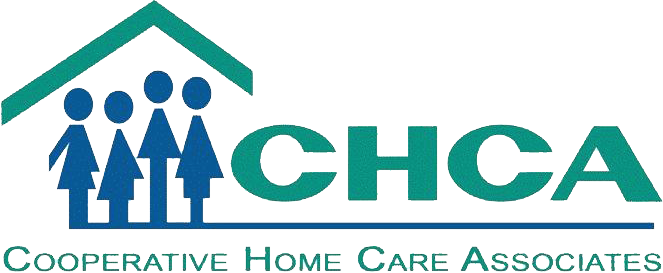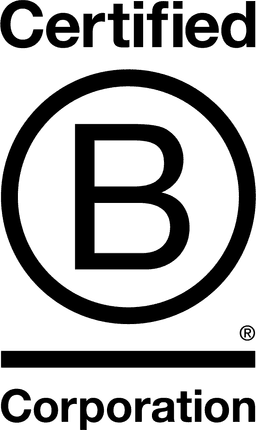

Cooperative Home Care Associates (CHCA)

New York, United States
June 2012
Home health care
Service with Significant Environmental Footprint
United States
The Bronx-based, worker-owned Cooperative Home Care Associates (CHCA) started in 1985 with 12 home health care providers, dedicated to a quality care through quality jobs mission. Today, the agency employs more than 2,050 staff, nearly all Latina and African-American women, and stands as the largest worker cooperative in the United States. By improving home care jobs, CHCA transforms challenges faced by unemployed women into sustainable opportunities for economic independence – and improves care for thousands of low-income city residents. In the lasting recession, the Bronx continues to see unemployment rates near 14 percent, with the core neighborhoods that the agency serves seeing unemployment significantly higher. With its affiliate PHI, CHCA responds to these challenges by providing free training and guaranteed, high-quality employment for hundreds of women each year. Recognizing that many participants face significant, compound barriers to employment, CHCA’s workforce development program provides comprehensive home health training with guaranteed jobs for graduates, targeted mentoring, and a range of supports to help individuals effectively address both professional and personal challenges as they transition to work.
Overall B Impact Score
Governance 13.6
Governance evaluates a company's overall mission, engagement around its social/environmental impact, ethics, and transparency. This section also evaluates the ability of a company to protect their mission and formally consider stakeholders in decision making through their corporate structure (e.g. benefit corporation) or corporate governing documents.
What is this? A company with an Impact Business Model is intentionally designed to create a specific positive outcome for one of its stakeholders - such as workers, community, environment, or customers.
Workers 55.2
Workers evaluates a company’s contributions to its employees’ financial security, health & safety, wellness, career development, and engagement & satisfaction. In addition, this section recognizes business models designed to benefit workers, such as companies that are at least 40% owned by non-executive employees and those that have workforce development programs to support individuals with barriers to employment.
What is this? A company with an Impact Business Model is intentionally designed to create a specific positive outcome for one of its stakeholders - such as workers, community, environment, or customers.
Community 11.6
Community evaluates a company’s engagement with and impact on the communities in which it operates, hires from, and sources from. Topics include diversity, equity & inclusion, economic impact, civic engagement, charitable giving, and supply chain management. In addition, this section recognizes business models that are designed to address specific community-oriented problems, such as poverty alleviation through fair trade sourcing or distribution via microenterprises, producer cooperative models, locally focused economic development, and formal charitable giving commitments.
Environment 4.2
Environment evaluates a company’s overall environmental management practices as well as its impact on the air, climate, water, land, and biodiversity. This includes the direct impact of a company’s operations and, when applicable its supply chain and distribution channels. This section also recognizes companies with environmentally innovative production processes and those that sell products or services that have a positive environmental impact. Some examples might include products and services that create renewable energy, reduce consumption or waste, conserve land or wildlife, provide less toxic alternatives to the market, or educate people about environmental problems.
Customers 43.5
Customers evaluates a company’s stewardship of its customers through the quality of its products and services, ethical marketing, data privacy and security, and feedback channels. In addition, this section recognizes products or services that are designed to address a particular social problem for or through its customers, such as health or educational products, arts & media products, serving underserved customers/clients, and services that improve the social impact of other businesses or organizations.
What is this? A company with an Impact Business Model is intentionally designed to create a specific positive outcome for one of its stakeholders - such as workers, community, environment, or customers.